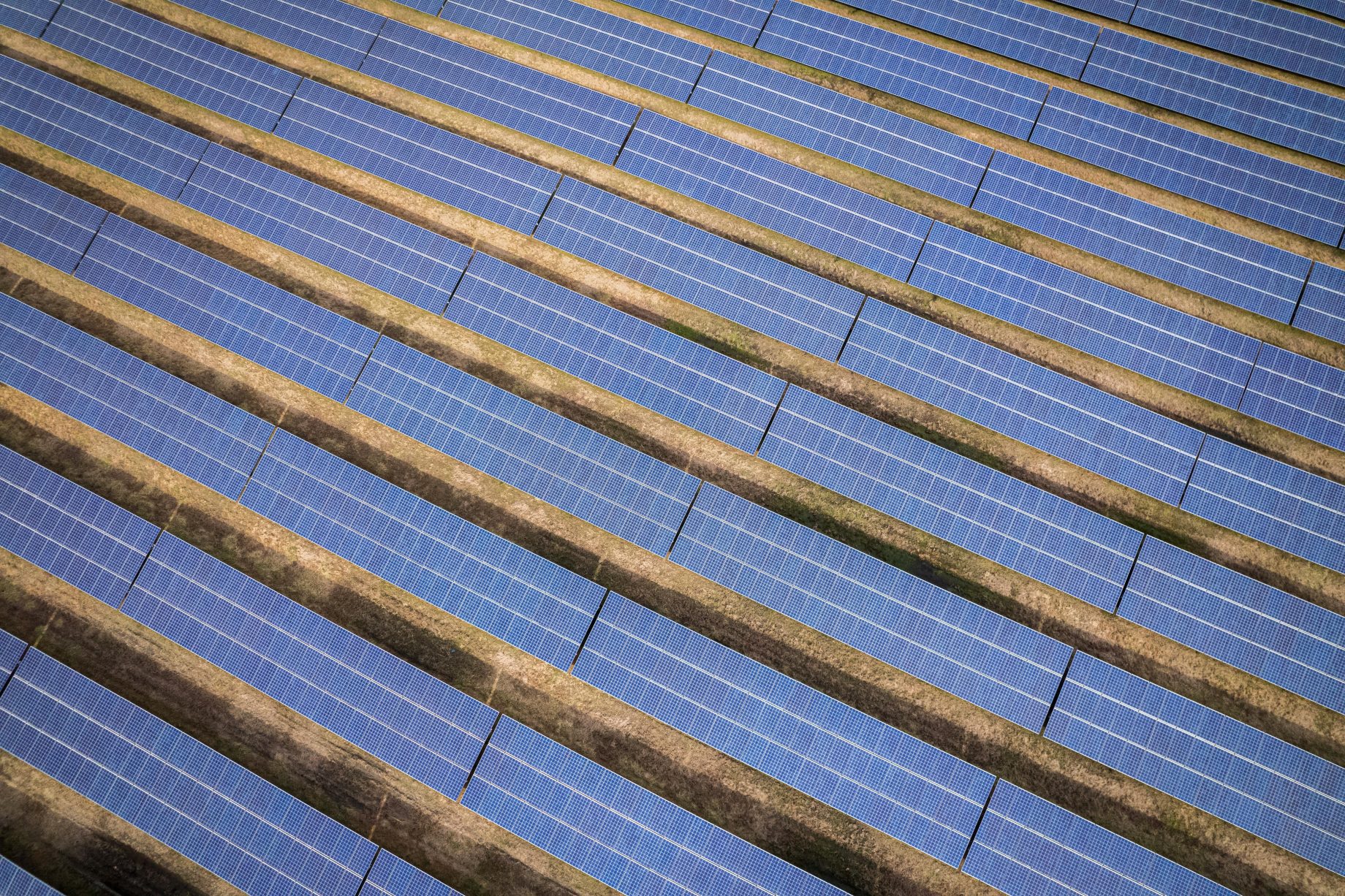The United Arab Emirates (UAE) is undergoing a profound energy transition, the county is known for its oil wealth, is replacing fossil fuels with sunlight.
The Noor Abu Dhabi solar plant now stands as one of the largest solar power facilities in the world and is part of the nation’s plan to reduce carbon emissions and diversify its energy mix.
The facility contains 3.2 million solar panels, generating about 2,000 GWh of electricity each year, which is enough to power around 66,000 homes. Located “in the desert where the sun shines almost every day,” it demonstrates how the UAE’s natural environment, once central to its oil industry, is now driving clean energy production.
“The United Arab Emirates was known in the entire world for one reason: oil,” the project’s official statement recalls. But with leaders acknowledging that “oil won’t last forever,” the government has turned to renewable sources to secure its long-term economic stability and energy security.
Half of the country’s energy will come from clean or renewable sources under the UAE Energy Strategy 2050, while emissions are to be cut by 70%. Noor Abu Dhabi is “key to achieve these goals,” officials say, symbolising a forward-looking but pragmatic policy built on diversification rather than ideology.
The project was developed through cooperation between the UAE government and international firms Marubeni Corporation and JinkoSolar. After years of planning, it was hailed as a “total success” and won the Power Generation Project of the Year Award at the 2020 MEED Project Awards.
Officials describe Noor Abu Dhabi as “just the beginning,” with future investment planned in wind and nuclear energy. As the government puts it, “oil is something from the past, the future is solar.”

